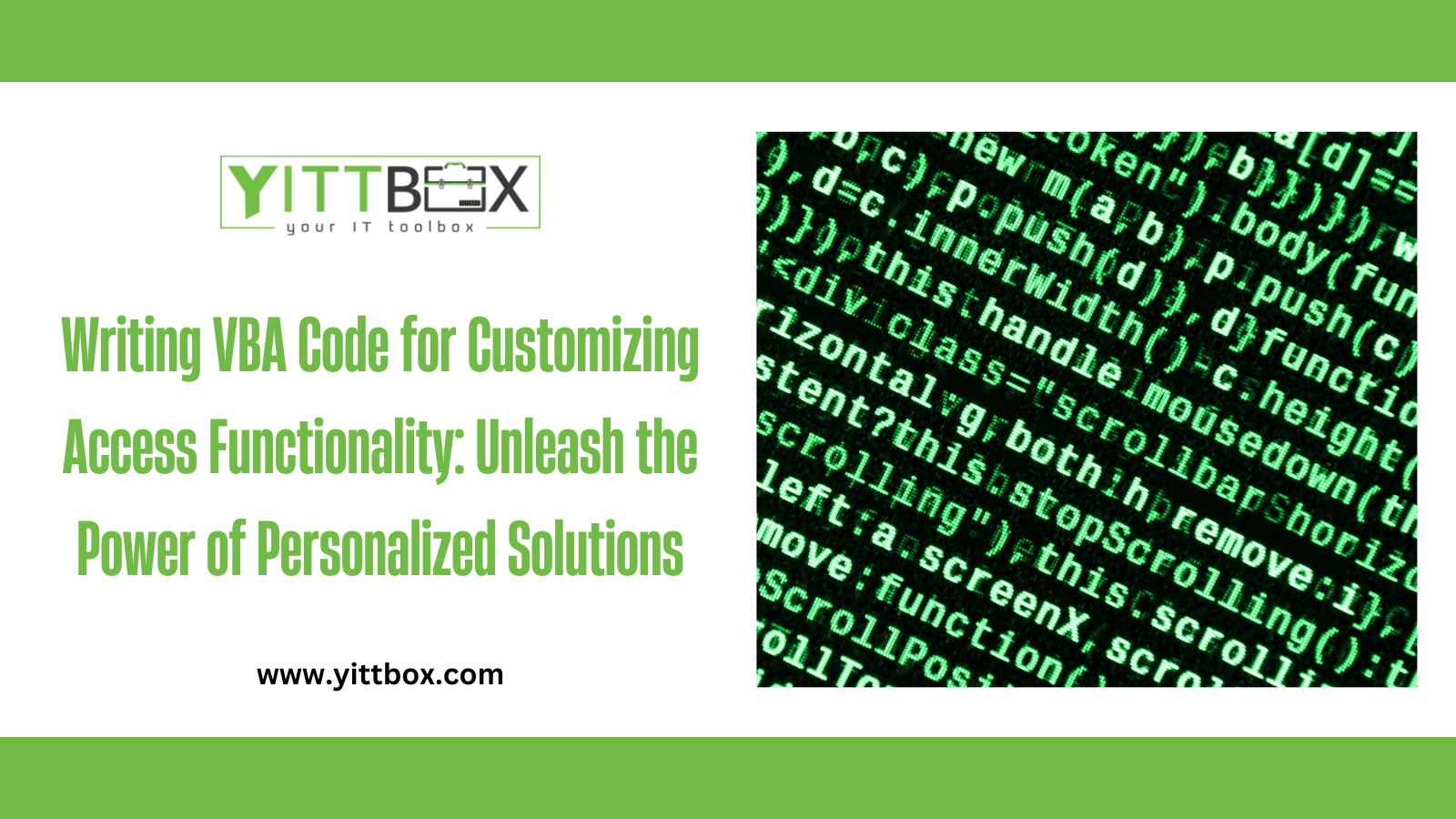Excel Conditional Formatting: Highlight Key Data
Excel's Conditional Formatting is a powerful feature that allows users to visually highlight important data based on specific conditions. Whether you need to identify duplicates, highlight trends, or emphasize critical values, this tool enhances data readability and decision-making. In this guide, we’ll explore how to effectively use Conditional Formatting to highlight key data points in Excel.
Getting Started: Where to Find Conditional Formatting
To access Conditional Formatting, follow these steps:
-
Open your Excel sheet and select the cells you want to format.
-
Click on the "Home" tab in the ribbon.
-
Select "Conditional Formatting" from the Styles group.
-
Choose a formatting rule or create a custom rule based on your needs.
Highlighting Cells Based on Value
One of the most common uses of Conditional Formatting is to highlight cells based on specific values. Here’s how:
-
Select the range of cells.
-
Click "Conditional Formatting" > "Highlight Cells Rules".
-
Choose a condition such as Greater Than, Less Than, or Between.
-
Enter the value and pick a formatting style.
-
Click OK, and Excel will apply the formatting automatically.
This is especially useful for tracking performance metrics, setting thresholds, or flagging outliers.
Using Color Scales for Data Trends
Color scales provide a gradient of colors to represent different value ranges in a dataset. To apply:
For example, a green-to-red scale can highlight high-performing sales (green) and low-performing sales (red), making it easy to analyze trends at a glance.
Highlighting Duplicates to Avoid Errors
Duplicate entries can cause errors in reports and analysis. To quickly identify them:
-
Select the column or range where duplicates might exist.
-
Click Conditional Formatting > Highlight Cells Rules > Duplicate Values.
-
Choose a formatting style and click OK.
Excel will instantly highlight repeated values, helping you clean up data efficiently.
Creating Custom Formatting Rules
For more advanced scenarios, you can create custom formulas for Conditional Formatting:
-
Select the range.
-
Click "Conditional Formatting" > "New Rule" > "Use a formula to determine which cells to format".
-
Enter a formula, such as: =A1>100
This will highlight all cells in column A where the value is greater than 100.
-
Click "Format", choose the desired style, and click OK.
Custom rules allow you to highlight complex conditions, such as overdue tasks, negative profit margins, or specific text entries.
Data Bars for Quick Visual Comparisons
Data bars function like in-cell bar charts, making it easy to compare values:
This is useful for comparing numerical data such as sales figures, progress tracking, or performance scores.
Conclusion: Enhancing Data Interpretation with Conditional Formatting
Conditional Formatting in Excel is a game-changer for making data visually intuitive and easy to interpret. Whether you're analyzing sales trends, tracking performance, or detecting errors, this feature helps you spot patterns instantly. By mastering these techniques, you can improve your workflow and make more informed decisions.







